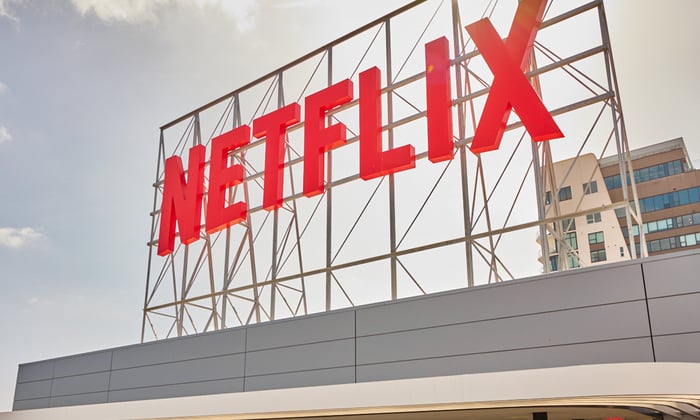
As the anticipation builds for the latest U.S. inflation reading, investors are preparing for potential market volatility. Analysts are predicting that the Federal Reserve will initiate interest rate cuts in the initial months of 2024, regardless of whether inflation in December experienced a minor decrease or increase. This report, to be unveiled on Thursday, holds a significant role in shaping the Fed’s policy at the beginning of the year. Consensus estimates suggest a rise in the annual headline rate to 3.2%, up from November’s 3.1%.
Last year, the equity markets in response to signs of cooling inflation and the perceived reluctance of the Fed to elevate interest rates beyond the 5.25%-5.5% range witnessed in July. The S&P 500 recorded a 16% surge between late October and the end of December, mirroring the performance of the SPDR S&P 500 exchange-traded fund.
“The countdown to the latest U.S. inflation reading has begun, and investors are hunkering down ahead of a potentially volatile period for markets,” said Chris Beauchamp, the chief market analyst at IG.
He added: “Broader risk-off sentiment could prevail tomorrow and beyond should U.S. inflation show signs of reviving.”
Will we witness a climate of higher-for-longer interest rates if the Fed postpones any inclination to cut rates? Alternatively, if the inflation reading meets or falls below expectations, could we observe a rise in risk appetite?
Amidst all this, which stocks and sectors are likely to embrace the potential interest rate cuts the most?
Consumer confidence directly correlates to inflation and inflation expectations. The latest consumer confidence gauge from the University of Michigan revealed the most optimistic reading in five months, coinciding with a drop in inflation expectations for the upcoming year to 3.1%. Lower inflation in the upcoming months is anticipated to augment consumer confidence, provided the economic downturn doesn’t exacerbate and lead to elevated unemployment. Consequently, consumer-oriented stocks are projected to perform favorably in this environment.
Amazon.com, Inc. and Home Depot Inc are two prime examples of companies anticipated to benefit from the lower inflation scenario, with Amazon’s strong rally throughout 2023 and Home Depot’s robust performance amidst recent holiday spending data reflecting sustained furniture sales.
Falling mortgage rates and the spike in new housing starts in November are expected to bolster growth in the construction sector throughout 2024. The iShares US Home Construction ETF experienced a notable 67% upturn in 2023, despite prevailing high interest rates. This trend suggests that 2024 could be another promising year for the sector, as affordability concerns ease with decreasing inflation and lowered interest rates continuing to drive down mortgage rates.
Furthermore, highly indebted companies faced challenges during the Federal Reserve’s rate hike cycle, as higher interest rates strained their ability to service debt and loans. However, as the likelihood of further rate hikes diminished, the performance of these companies, such as Verizon Communications Inc, improved. 2024 could bring better prospects for companies on the Russell 2000 index of smaller companies, due to falling interest rates starting to take effect.










